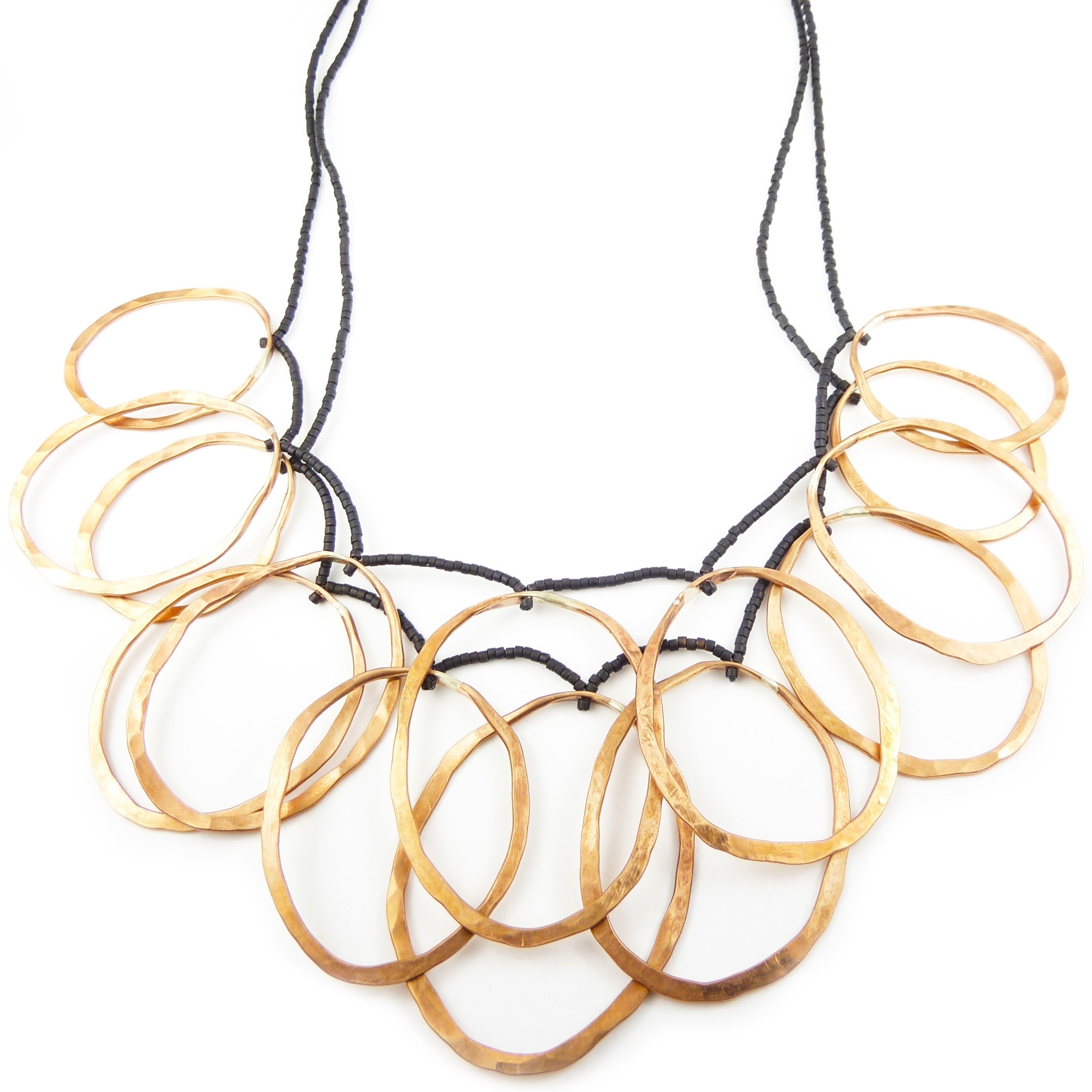The mission of 13FOREST Gallery is to introduce the work of new and established artists to a broader public. In this vein, we are taking the unusual step of issuing this call to New England artists for our spring exhibition.
Our intention is that participants will include artists whose work we have already shown as well as representatives from the broader community of artists in New England. From the submissions we receive, we will choose a group of about 15 to 20 artists to exhibit in our spring show, Call of the Wild, running from May 18 to July 12, 2019.
Explanation of Theme
Animals is the theme we have chosen. Humans have a broad range of interactions and relationships with animals, from the pets we keep in our homes to the food we eat. We are looking for work that reflects the significance that animals have in our lives, encompassing folklore and fables, religion and spirituality, environmentalism and conservation, and pure fantasy. The work does not have to exist already; you can also submit a sketch and description of a piece you would like to create. We have listed our submission requirements and calendar of deadlines below; please feel free to get in touch if you have any questions. We look forward to seeing your submissions!
Submission Guidelines
To submit a proposal for new work: send a sketch and description of how thefinished piece will appear by the submission deadline
For work that already exists: please submit images of the finished piece and a brief description of the intent/content of the work
Artwork must have been created within the past five (5) years
Artwork cannot have been shown before at the gallery
Preference for two-dimensional work, some sculpture or performance pieces will be considered
Maximum of three (3) submissions per artist
Size requirement: no larger than 20" x 20"
Artists must reside in New England
Send submissions via email to info@13forest.com
Calendar
Wed 3/20: Submission deadline
Wed 3/27: 13FOREST will notify artists if their submission has been chosen
Fri 4/5: Submit images (if you want to be included in press release)
Sat 5/4: Submit images of finished work
Sat 5/11: Drop off work - framed, wired, ready to hang
Sat 5/18, 4-6 pm: Opening reception
Sat 6/29, 4-6 pm: Summer party


































































